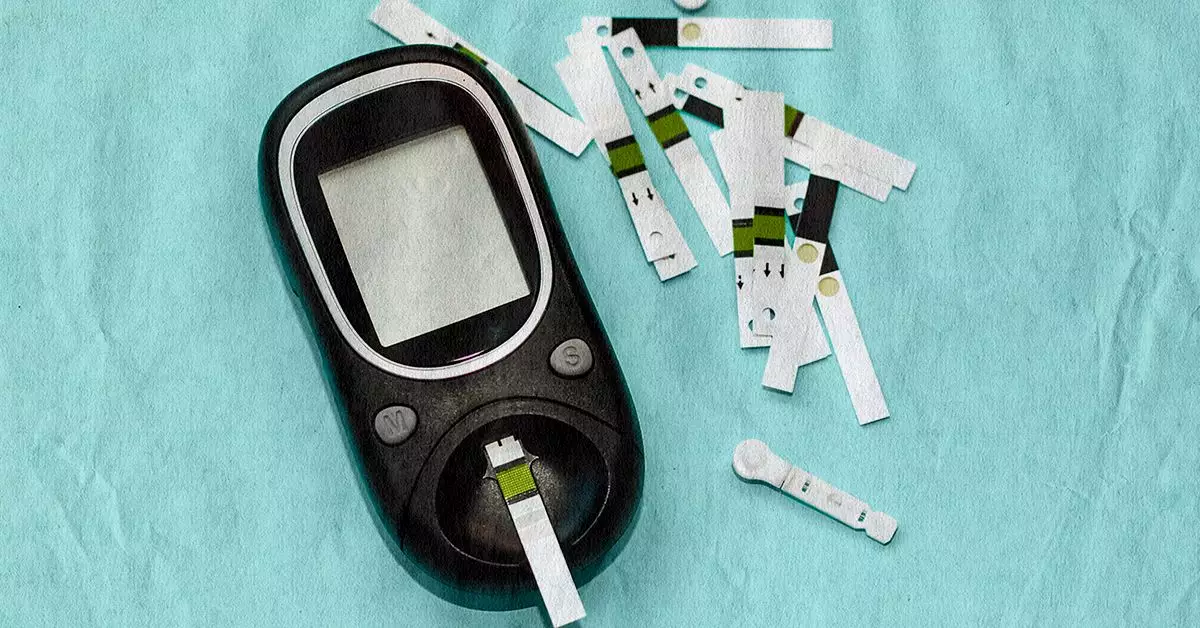Hypoglycemia, also known as low blood sugar, is a condition in which blood glucose levels drop below a healthy range. This can be a dangerous situation, with experts generally considering blood sugar levels at or below 50 mg/dL to be a cause for concern. Glucose is the body’s primary source of energy and is vital for the proper functioning of all organ systems. Maintaining blood sugar levels within a healthy range is crucial to overall health and well-being.
Hypoglycemia can occur for a variety of reasons, including the use of certain diabetes medications, skipping meals, or engaging in intense physical activity. For individuals at risk of dangerously low blood sugar levels, it is important to regularly monitor their blood glucose levels. In cases of severe hypoglycemia, there is a risk of complications such as seizures and coma. It is essential for individuals, as well as their friends, family, and caregivers, to be familiar with the signs of hypoglycemia and know how to respond in case of an emergency.
Signs of low blood sugar can include dizziness, confusion, shakiness, sweating, and irritability. If a person suspects they are experiencing hypoglycemia, it is important to check their blood sugar levels immediately. For individuals with diabetes, healthcare professionals often set target levels to help manage their condition. The American Diabetes Association recommends fasting blood sugar levels between 80 to 130 mg/dL before meals and less than 180 mg/dL two hours after eating.
In cases where blood sugar levels drop dangerously low, immediate action is necessary to restore glucose to a stable level. The 15-15 rule is a common method used to increase blood glucose levels. This involves ingesting 15 grams of carbohydrates, waiting 15 minutes, and then rechecking blood sugar levels. If needed, this process can be repeated until levels return to normal. However, in severe cases where a person is unable to eat or drink, emergency administration of glucagon may be required.
Glucagon is a hormone that can quickly raise blood sugar levels and is available in both injectable and nasal spray forms. In instances where an individual is experiencing severe hypoglycemia and is unable to take oral carbohydrates, glucagon can be administered by inserting the needle into the thigh, buttock, or upper arm. Following administration, emergency services should be contacted, and the person should be monitored closely until help arrives.
Hypoglycemia is a serious condition that requires prompt attention and proper management. By understanding the causes, recognizing the signs, and knowing how to respond effectively, individuals can better protect themselves and others from the potential dangers associated with low blood sugar levels. It is important to stay informed, seek medical advice when needed, and take proactive steps to maintain blood sugar levels within a healthy range.

